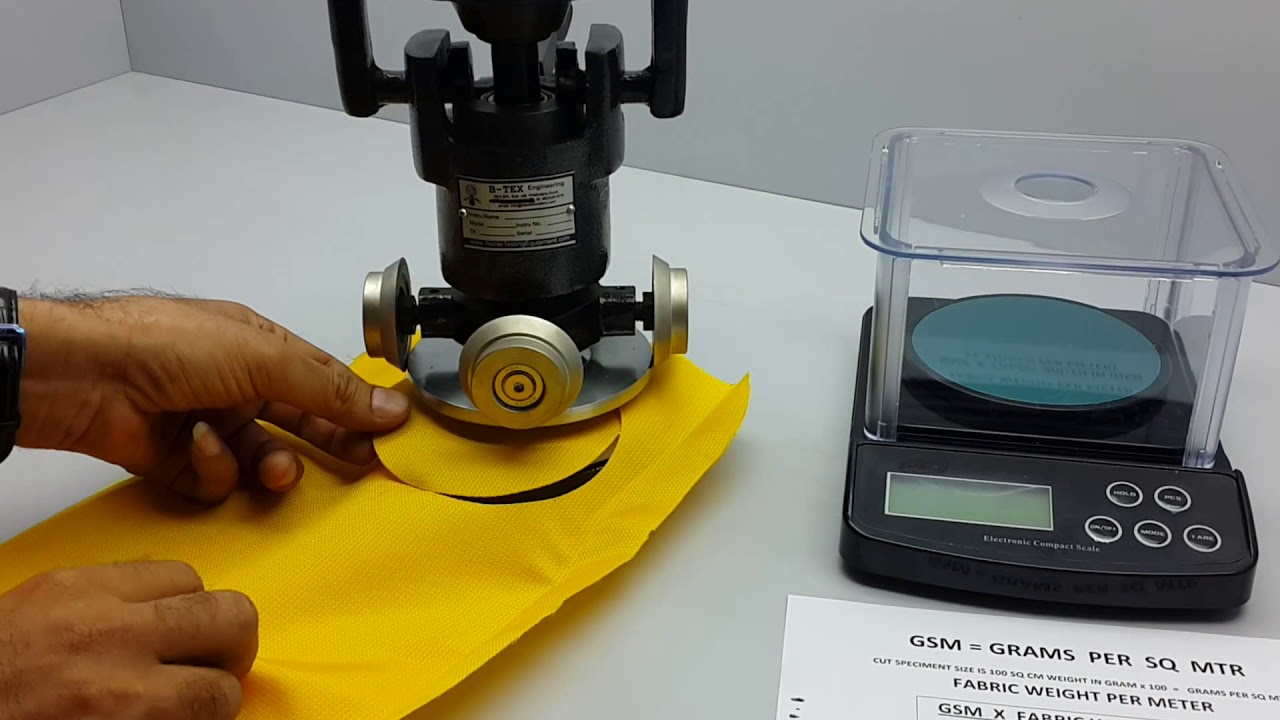

Grams per square meter (GSM) is a unit of measurement commonly used to express the weight or density of fabrics. It indicates the weight of a fabric per unit area, specifically in grams per square meter.
GSM is calculated by weighing a fabric sample of known dimensions and dividing the weight by the area of the sample. The resulting value represents the weight of the fabric in grams for every square meter of area.
Fabrics can have a wide range of GSM values, from very lightweight to heavy. Here are some general categories to give you an idea:
Lightweight fabrics: Typically have a GSM ranging from 30 to 150. Examples include chiffon, organza, or voile.
Medium-weight fabrics: Generally fall between 150 and 300 GSM. Fabrics like cotton poplin, chambray, or lightweight denim often fall into this category.
Heavyweight fabrics: Have a GSM of 300 or higher. Denim, canvas, upholstery fabrics, or some winter coat materials can be considered heavyweight.
It's important to note that the ideal GSM for a fabric depends on its intended use and the desired characteristics. For example, lightweight fabrics are suitable for summer clothing, while heavy fabrics are often used for durable upholstery or outerwear.
When selecting fabrics, the GSM value can provide a general indication of its weight and density. However, it's also essential to consider other factors like fiber content, weave, and specific requirements for the intended application.